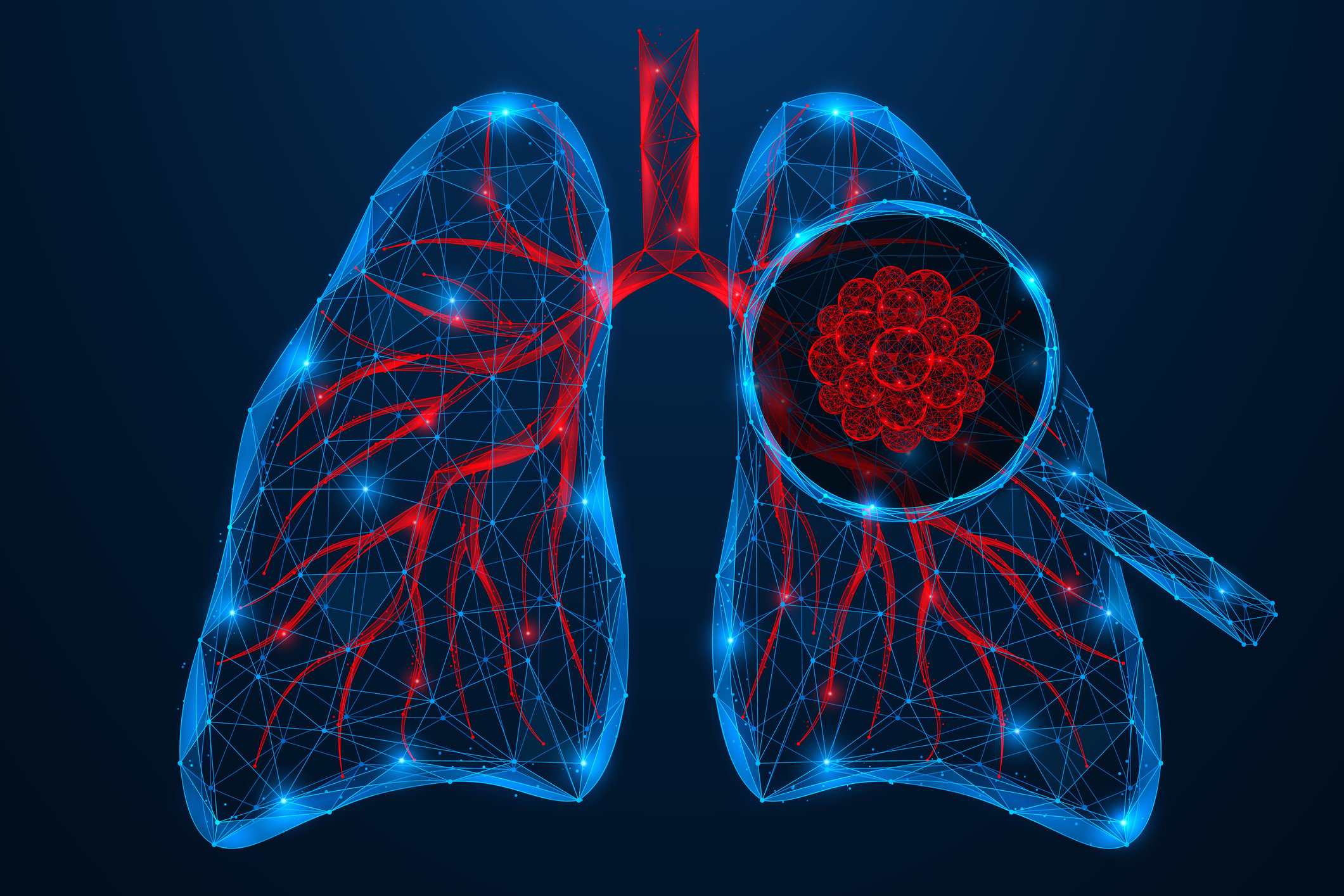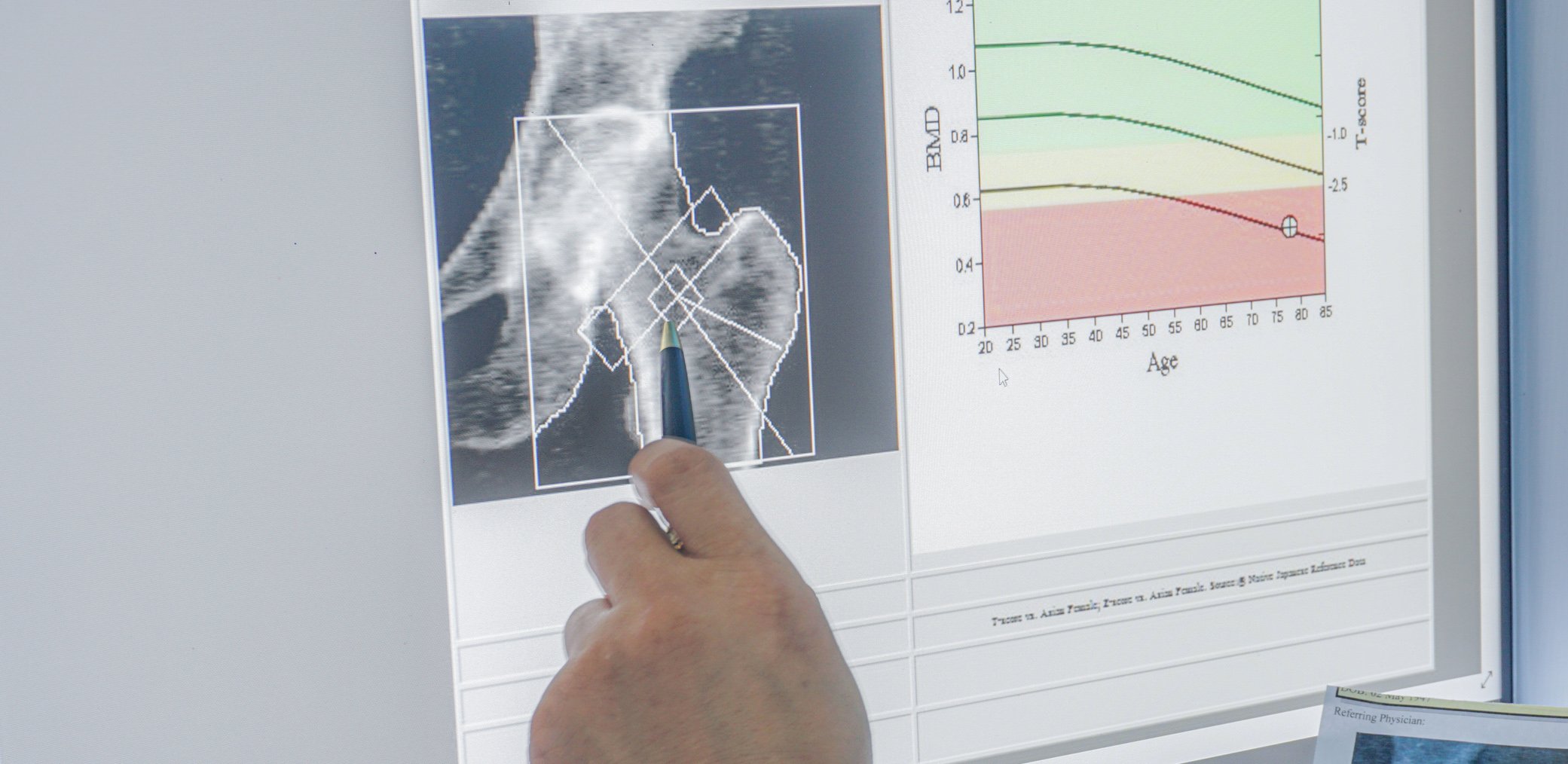In rural areas and the southern United States, Americans are particularly likely to die from their cancer. Where people have little money or poor access to quality health care. The problem also exists in Switzerland.
Among the cancers examined were the age-standardized mortality rates of gastric, colorectal, liver, lung, breast, prostate, kidney, and testicular cancers, as well as melanoma and Hodgkin’s/non-Hodgkin’s lymphoma (29 cancers in all).
The researchers found 19,511,910 cancer deaths in their databases from 1980 to 2014. During this period, they observed a 20% decrease in cancer mortality, but with significant regional differences. While the disparity was already quite large in 1980 – from 130.6/100,000 in Summit County (Colorado) versus 386.9/100,000 in North Slope Borough (Alaska) – it was glaring in 2014: in Summit County, 71 people out of 100,000 still died from their cancer, but in Florida (Union County), 503/100,000 did.
Money and seclusion as causes
Anyway, there was a cluster of high death rates in the South – along the Mississippi River, in Alabama, and especially Kentucky. In terms of material prosperity and standard of living, the latter are at the bottom of the league compared with other states [1]. It is here and spread throughout the southern region of the U.S. that mortality has increased the most.
In addition, remoteness and low population density with a correspondingly permeable care network in the area of specialized medicine are likely to contribute their share to higher mortality rates. For example, Northwest Alaska – one of the strongest states in the U.S. economically [1] – continues to show high mortality. Even sparsely populated North Dakota contributed some outliers to the overall statistics, probably primarily because of the long supply routes.
Differences in screening as well?
Much evidence points to poorer care in economically depressed counties. In Union County, Florida, the high poverty rate may also have played a role in this regard. South around the Mississippi River, for example, breast cancer mortality in particular remains above average, while nationally it has declined sharply over the years. This also applies to the incidence. It is possible that socioeconomically weaker countries lack not only high-quality medical care (and broad access to it), but above all prevention, awareness, education, and knowledge in the population about common cancers. It may be that meaningful genetic testing is less frequent and screening efforts more porous. Known risk factors for cancer such as smoking, alcohol consumption, unbalanced diet, obesity or insufficient exercise are also repeatedly associated with socioeconomically weaker social strata and partly rural areas. According to the study, a similar situation applies to colorectal cancer. Last, the higher mortality from lung cancer is probably also related to the significantly higher tobacco consumption in the southern United States.
“Something like this could not happen in our company”
Those who now believe that the problem is a “home-made” US one (due to the poorer insurance system) are wrong: similar results are also found in Switzerland, where access to high-quality medicine, i.e. medical coverage, is much broader [2]. The Swiss study raises the question of why patients of lower social status in a country with very good medical care are not diagnosed with equal care and receive less aggressive therapy than patients of higher socioeconomic status. Can future research answer the question? This would be a prerequisite for an open and informed discussion of the catch-all notion of “two-tier medicine.”
Source: Mokdad AH, et al: Trends and Patterns of Disparities in Cancer Mortality Among US Counties, 1980-2014. JAMA 2017; 317(4): 388-406.
Literature:
- US Department of Commerce: BEA, Bureau of Economic Analysis. www.bea.gov
- Rapiti E, et al: Impact of socioeconomic status on prostate cancer diagnosis, treatment, and prognosis. Cancer 2009 Dec 1; 115(23): 5556-5565.
InFo ONCOLOGY & HEMATOLOGY 2017; 5(6): 5












